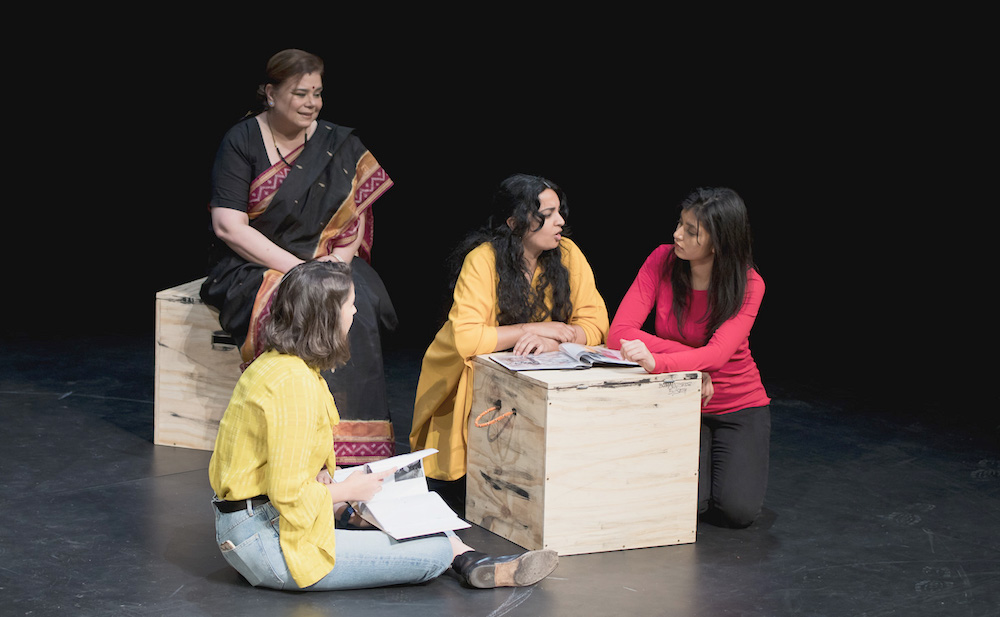”˜Ten Years to Home’: A Pleasing Theatrical Presentation of a Moving Tale
By Aradhana Bhatt

Every migrant is a living story, a story that often remains untold. But when a story of the first (or one of the first migrant families) migrant family who landed on the shores of Australia in the 1950s, is told and told from a female perspective, the result is the delicately depicted ”˜Ten Years to Home’. Sonal Moore’s story needed a lot of courage and a lot of honesty to be told, and she tells it poignantly. If we go by the audience reaction, she has succeeded in bringing home the plight, the joys and the sense of achievement, the dilemmas, the frustrations and the gradual coming to terms with the new milieu, of a family that uproot themselves voluntarily from the comforts and luxury of their homeland to face the daily challenges of finding a footing in a new land. If you were a migrant in the audience, you would have identified at several points with the characters, the events and the emotions. A few eyes in the packed auditorium were moist at the end of the performance. This is to Sonal’s credit.


The play opens with a catchy scene, a scene that raises the bar of our expectations, the pistachio counting scene, a scene that seems almost symbolic and metaphorical. The stage is devoid of busy sets that are typical of theatre of the sub-continent. The five characters have five raw timber boxes to play around with, their frequent circular movements indicate a change of scene, a shift in perspective- a directorial technique aptly employed by Jules Orcullo. Reema Gillani as Vasant, Shabnam Tavakol as Sonal, Ashlene and Cypriyana Singh as Radhika and EV- put on strong credible performances in their portrayal of three generations of women, women who also successfully portray the inevitable metamorphosis that a migrant family goes through as the younger generations become part of the locale. Taufeeq Sheikh renders the dilemma of Rushi, a husband and father torn between his love for his family and his loyalty to his employer, with sensitivity. The tragi-comic situations and events- moving homes, the birth of a baby girl, Vasant’s miscarriage and her ensuing loneliness, family trips to India, are narrated as the play moves back and forth in time, often with sudden jolts. It is these jolts that become the play’s biggest frailty. A play that starts off well, begins to dwindle in the effectiveness of dialogue and in the execution of scenes in its latter half.
The lighting and the music are reasonably effective. The minimalist stage sets are typical of Nautanki’s no-nonsense approach to theatre, a feature that many of us who are regular goers to Nautanki’s productions can recognise. Nautanki staged the production at Parramatta Riverside’s Lennox Theatre over two evenings on Friday, 2nd and Saturday, 3rd August to house full audiences. Nautanki’s commitment to serious theatre and their dedication to presenting aesthetic and tasteful theatrical experiences that fulfil the expectations of audiences of the sub-continent are laudable.
Short URL: https://indiandownunder.com.au/?p=13835
